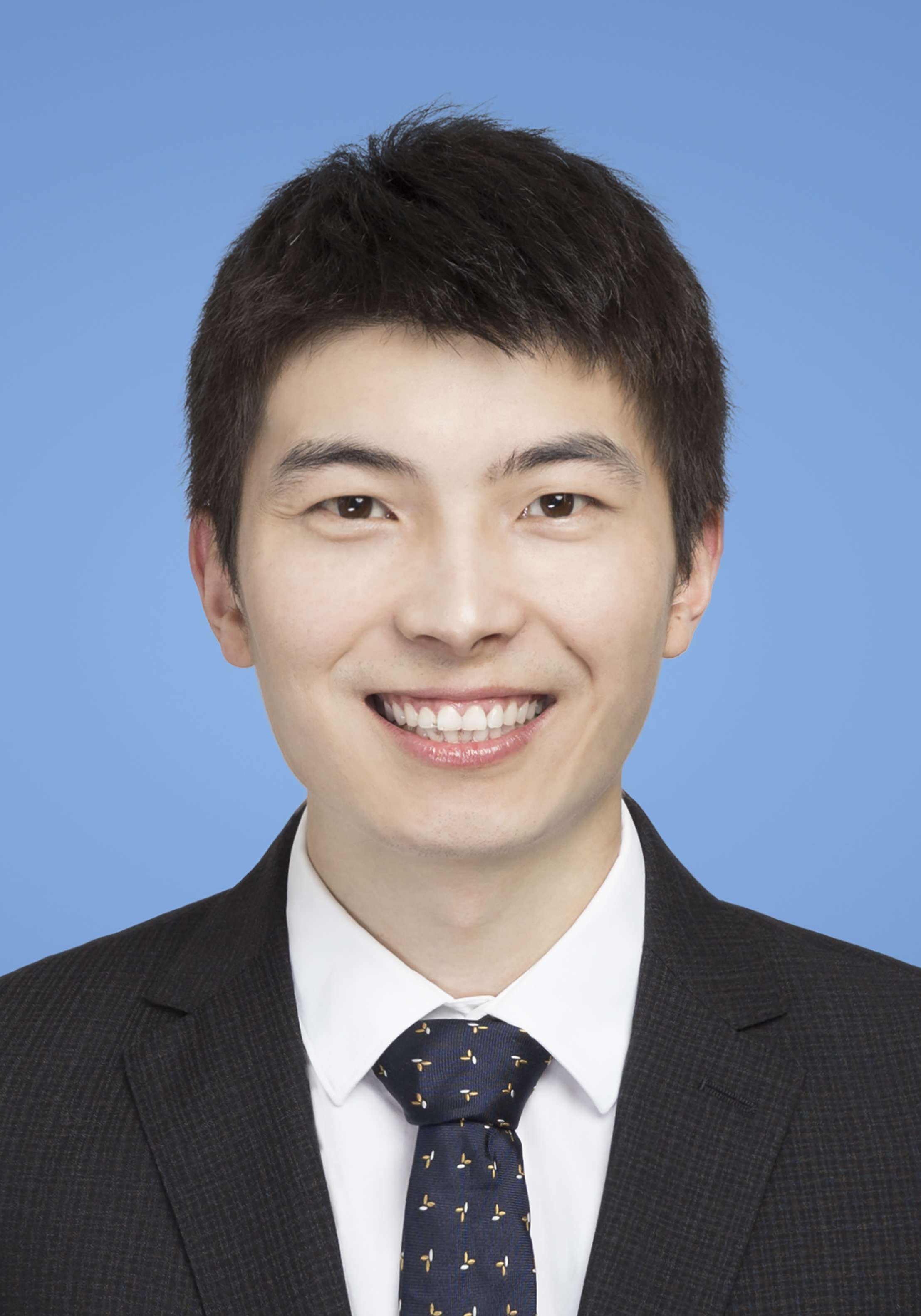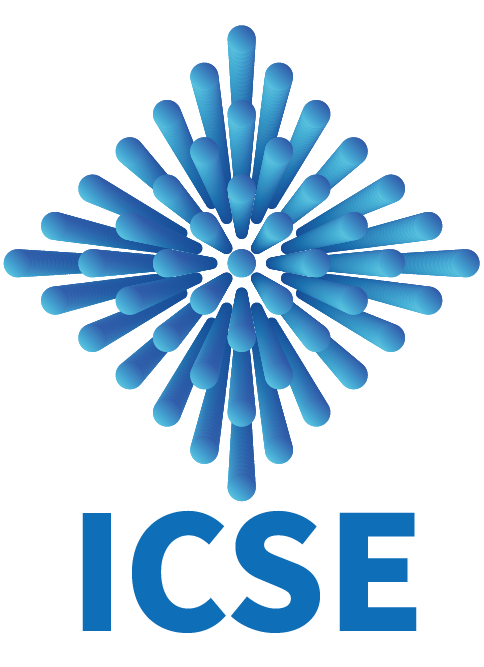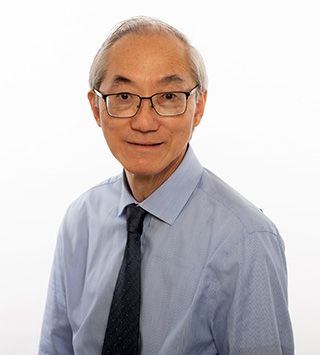| Prof. Thomas T. Y. Wong, IAAM FellowIllinois Institute of Technology, USAThomas T. Y. Wong obtained a Bachelor of Engineering degree from the University of Hong Kong in 1975, and earned his Master of Science and Doctor of Philosophy degrees from Northwestern University, USA, in 1978 and 1980, respectively. In 1981, he joined the Illinois Institute of Technology (IIT) in the United States, where he is currently a Professor in the Department of Electrical and Computer Engineering. From 1987 to 1995, he served as the Director of the Graduate Program in the department, and from 2001 to 2005, he was the Department Chair. He is the author of *Fundamentals of Distributed Amplifiers* (Artech House, 1993) and co-author, with R. Yang, of *Electromagnetic Fields and Waves* (Higher Education Press, first edition 2006, second edition 2012). He holds several patents related to microwave electronics and wireless system design. His current research interests include applied electromagnetics and microwave instrumentation. Thomas T. Y. Wong has served multiple times as a member of organizing committees for international technical conferences and was the Chair of the IEEE Chicago AP-MTT Joint Chapter from 1987 to 1988. |
| Prof. JianweiYou, National-level Young TalentSoutheast University, ChinaJianwei You, Professor, National High-Level Young Talent, Young Chief Professor at Southeast University, is a member of the Circuits and Systems Committee of the Chinese Institute of Electronics and the Micro-Nano Special Committee of the Chinese Optical Engineering Society. He has long been engaged in both hardware and software development in the fields of computational electromagnetics and electromagnetic metamaterials. His research achievements include over 100 academic papers and 5 monographs/chapters, with first or corresponding author publications in flagship journals such as Science sub-journals, Nature sub-journals, and IEEE Transactions. The hardware and software platforms with independent intellectual property rights developed by his team have been applied in many key institutions in China. His work has been recognized with honors including the Top Ten Scientific and Technological Advances in Chinese Higher Education, the Excellent Young Research Team Award from Central Universities, and the First Prize of Jiangsu Province Science and Technology Award. |
 | Assoc. Prof. Xiaohe ChengBeijing University of Posts and Telecommunications, ChinaXiaohe Cheng, Associate Professor at Beijing University of Posts and Telecommunications, is a master’s and doctoral supervisor. He received his Ph.D. in Engineering from Beijing University of Posts and Telecommunications in 2019. His doctoral dissertation was awarded the “Outstanding Doctoral Dissertation of Beijing University of Posts and Telecommunications.” From October 2017 to October 2018, he conducted research on millimeter-wave antenna arrays at the Ando & Hirokawa Laboratory, Tokyo Institute of Technology. His main research areas include millimeter-wave antennas and antenna arrays, as well as millimeter-wave and terahertz wireless communication systems. He has published over 70 papers indexed by SCI/EI and holds 15 national invention patents applied for or granted. In the past five years, he has led 12 projects, including those funded by the National Natural Science Foundation of China, cooperative projects under the National Key R&D Program, Xiaomi’s “Jie Bang Gua Shuai” (breakthrough) project, and commissioned projects from the First, Second, Fourth, and Fifth Academies of the China Aerospace Corporation. He has also participated in 4 major and key national defense projects. |


